Last week, Energy Fuels Inc. (TSX: EFR) announced that it had produced a small amount of rare earth element (REE) carbonate concentrate at its Utah, U.S.-based White Mesa Mill processing facility. While many additional hurdles must be surmounted, this pilot production could be the first step toward the company ultimately establishing what would be a very valuable rare earth refinery in the U.S. No such facility exists anywhere in North America.
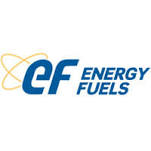
In more detail, the capability to process and convert rare earth minerals into oxides, compounds and alloys is the linchpin to the global rare earth industry. Moreover, the capability to do so outside of China, where 85% of processing facilities are located, and which has from time to time withheld these valuable materials from the rest of the world, has tremendous implications for the western world.
This China risk is illustrated by its one-party legislature’s October passage of a law that could lead to China’s banning the export of rare earth metals and advanced technology to the U.S. Specifically, it permits China to stop sales to a “country or region that abuses export-control measures and poses a threat to China’s national security or interests.”
WORLDWIDE RARE EARTH ELEMENTS REFINERY CAPACITY
| REFINERY | REFINERY CAPACITY (TONNES OF OXIDES PER YEAR) |
| Lynas’ Facility in Malaysia | 18,000-20,000 |
| Solvay’s Refinery in La Rochelle, France | 4,500 |
| Two Small Refineries in Vietnam | – |
| 31 Refineries in China | 127,500 |
| Total Global Refining Capacity | 150,000 |
A recent action by Japan further underscores how valuable an operating refinery located in North America would be. On November 5, the country announced that it would subsidize a five-year pilot program that would study whether a rare earth refinery could potentially be built in India. China currently refines all the rare earth elements that Japan can import from China and elsewhere. Japan, like most western countries, seeks to develop refinery options outside of China.
Rare Earth Elements (REEs) – The Basics
REEs are relatively plentiful in the earth’s crust but are typically widely dispersed, rendering their mining in a single location prohibitively expensive and usually impractical. Their molecular structure is such that they frequently occur together in minerals, perhaps even in multiple mineral structures. Not surprisingly, these characteristics generally make their separation and extraction difficult.
The 17 total REEs are generally categorized as light or heavy elements. Neodymium (Nd) oxide, praseodymium (Pr) oxide, terbium (Tb) oxide, and dysprosium (Dy) oxide are widely used as magnets in the engines of electric vehicles (and in the magnets of windshield wiper, sensor and mirror motors in all cars). Nd and Pr are light REEs, while Tb and Dy are heavy REEs.
Each source of rare earth material will generally contain the entire spectrum of REEs, however, in varying percentages. The heavy elements are generally rarer and sell for significantly higher prices, as they are less common and much more costly to separate. In contrast, light rare earth elements (LREEs) are produced in larger quantities because they occur naturally in greater quantities. Producers strive to meet the high demand for Nd and Pr, which necessitates the over-production of all associated LREEs, like low-priced cerium (Ce) and lanthanum (La).
For example, a typical rare earth concentrate from a mining operation may contain 75% of low-priced La and Ce, perhaps 15% Nd and Pr, and about 10% other heavy REEs like Dy and Tb. Dy- and Tb-oxides sell for around US$270,000 per tonne and US$660,000 per tonne, respectively. Nd- and Pr-oxides transact at around US40,000 per tonne. La-oxide, on the other hand, carries a price of only around US$1,500 per tonne.
Energy Fuels is also a uranium mining company and has around US$20 million in uranium concentrate reflected on its balance sheet as inventory. The uranium mining business has been depressed for a number of years. The same White Mesa Mill referenced above is the only uranium processing facility in the U.S., although another is currently under construction.
Energy Fuel’s Balance Sheet is Solid
As of September 30, 2020, Energy Fuels had US$28.1 million of cash and marketable securities and only US$7.9 million of debt. The company retired that debt on October 6, 2020.
Given the depressed nature of the uranium mining and processing business, Energy Fuels had negligible revenues in 2019 and in the first three quarters of 2020. Despite this, the company has managed its cash expenses effectively, as its operating cash flow deficit was a reasonable US$25.3 million over the first nine months of 2020, down from US$34.7 million over the same period in 2019.
Creating an efficient rare earth elements refinery has technical, environmental and financial challenges. Prominent among these environment concerns: many of the additives in the process are toxic chemicals. As a result, the time frame for building a functioning refinery may be extended. Similarly, the costs entailed could be substantial.
Conclusion
While in the early stages, Energy Fuels’ entry into REE refining could position the company to play an important role in this growing and globally strategic business. If Energy Fuels can build a significant REE refinery in the U.S. from which technology firms, like electric vehicle battery manufacturers or aerospace/defense firms, can confidently purchase REE oxides as opposed to an almost exclusive reliance on China, Energy Fuels could become a high-margin supplier of a product which has many motivated Western buyers.
Energy Fuels last traded at $2.28 on the TSX.

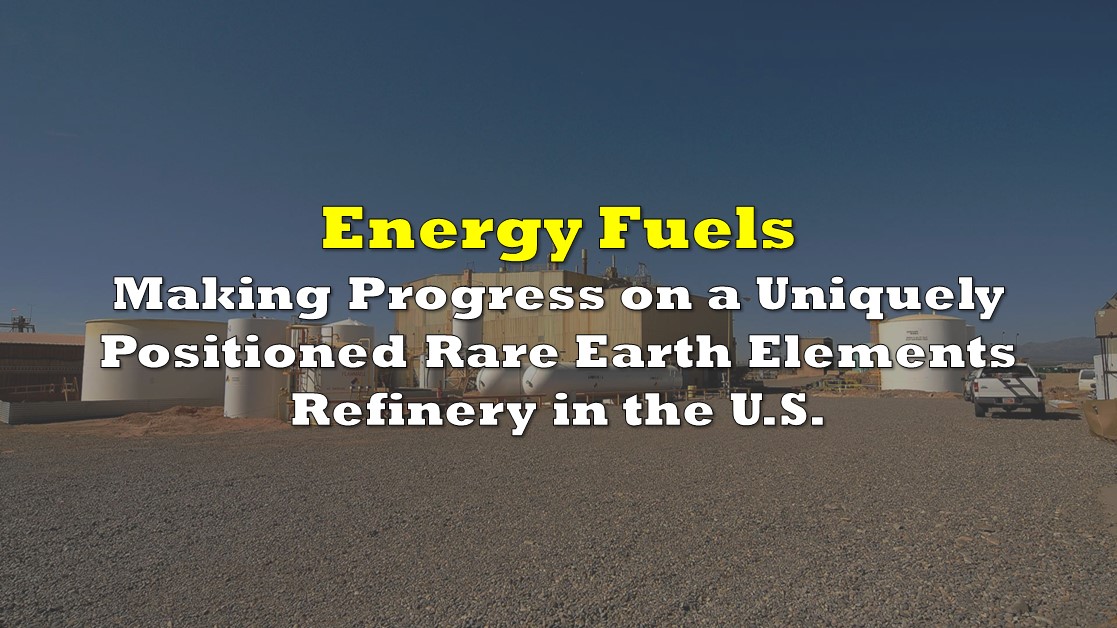




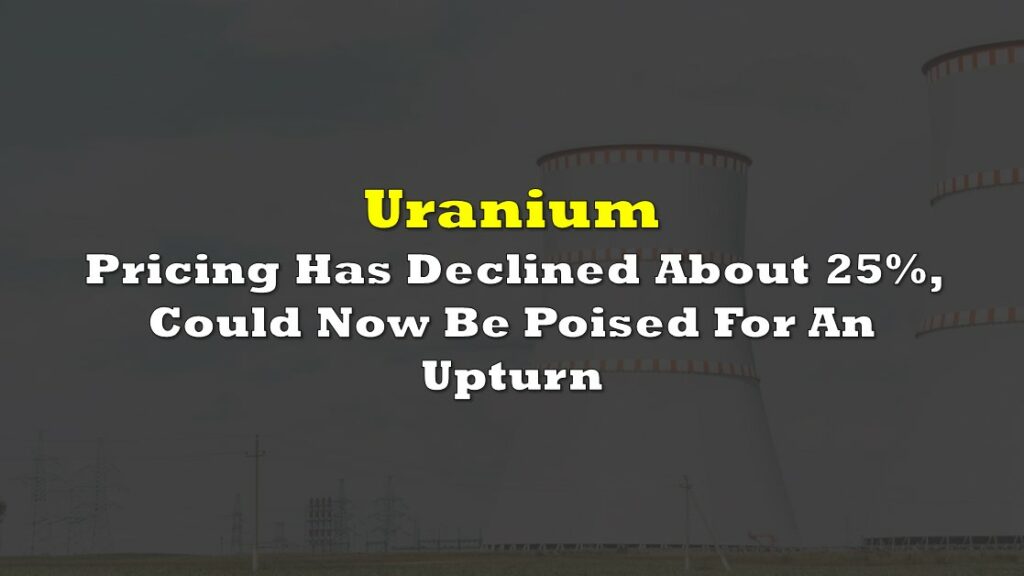
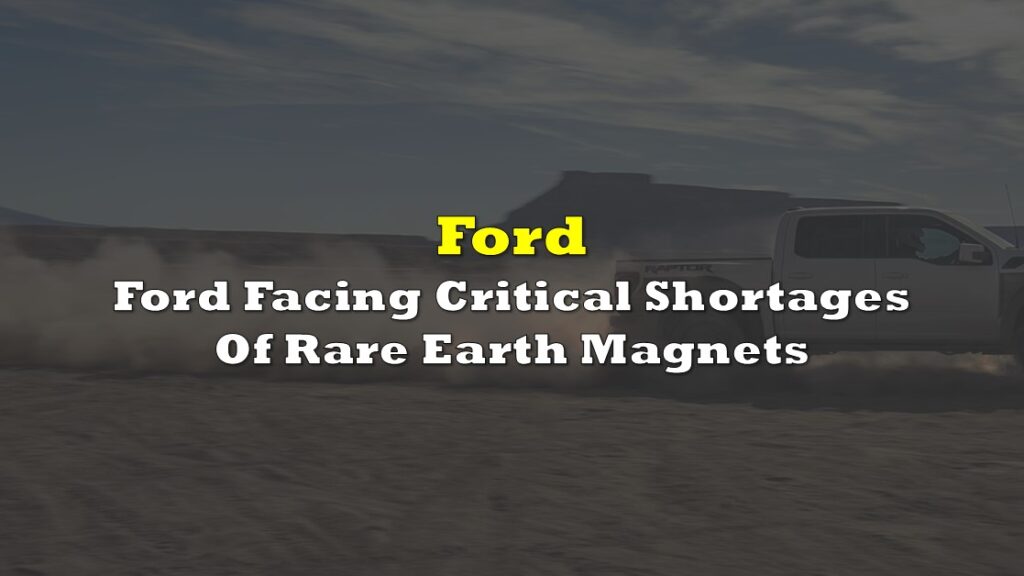
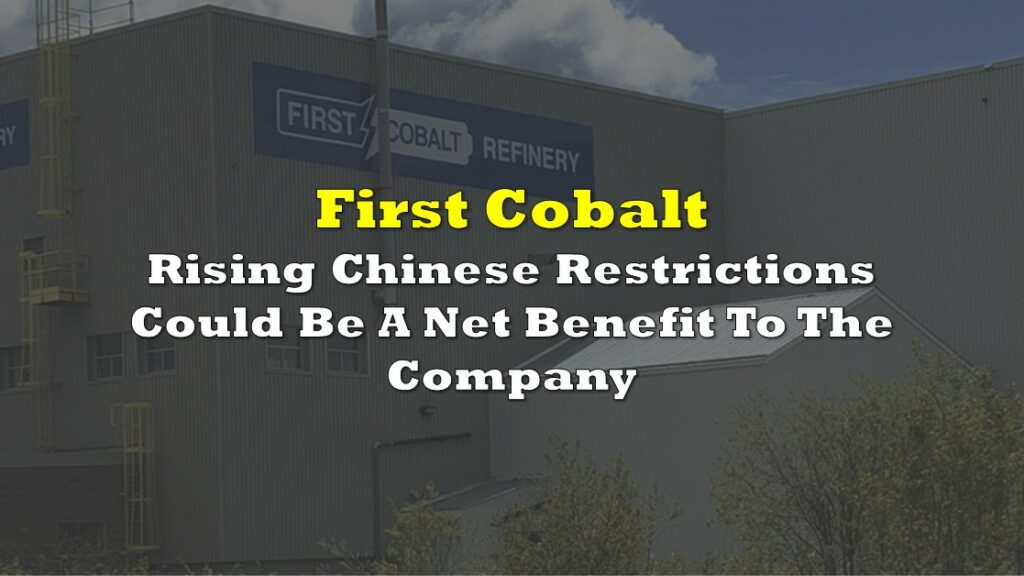
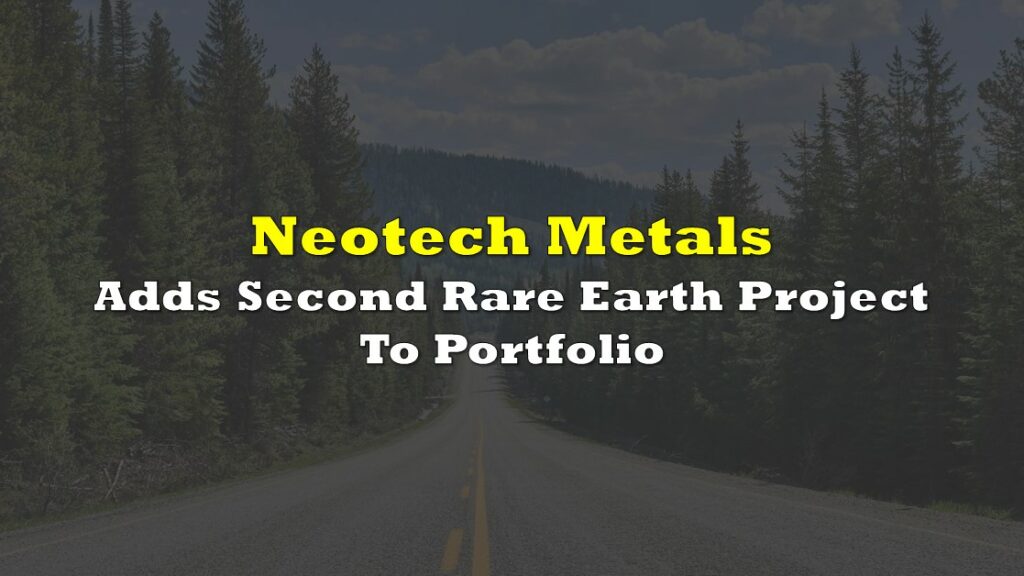
One Response
Rare Earths Investor
Very much agree with the sentiment of the article that the US needs a RE processor, etc., from a ‘strategic’ value chain perspective. However, Energy Fuels faces major problems already with opposition to its intention to process uranium waste from outside US borders. Further, with the arrival of a Democratic Admin’ the environmental opposition to any new mining and or processing in the US is only going to intensify. Then there is the question of where any proposed EF RE processed product might even go? China also dominates the RE related component making stage of the value chain along with most end line manufacturing.